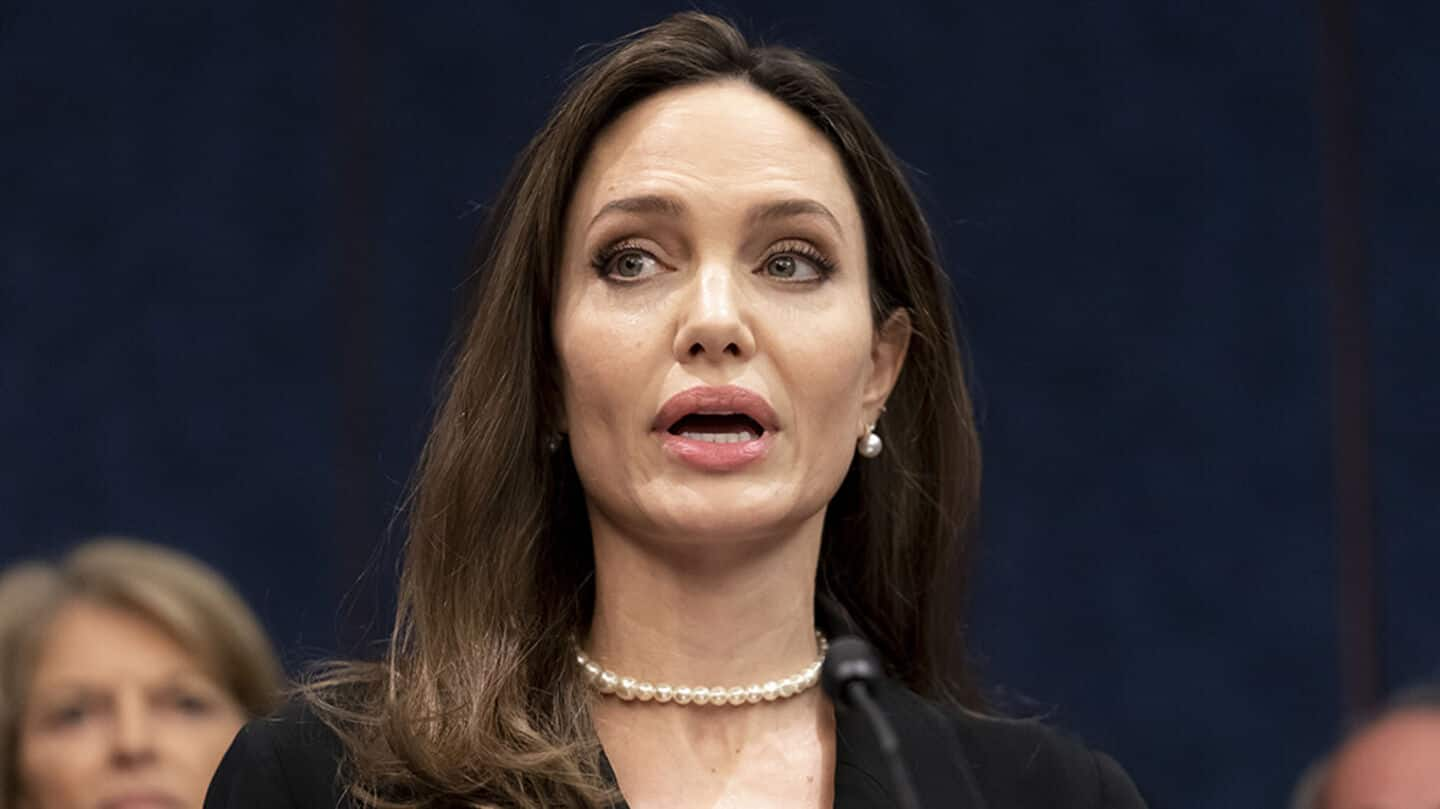Posted on 22 September 2025 by Ken Rice
This is a re-post from And Then There’s Physics.
It seems that the US Department of Energy has now disbanded the Climate Working Group that drafted the report I discussed in a previous post. However, about a week ago, Steven Koonin, one of the authors of that report, had an article in the Wall Street Journal titled *At Long Last, Clarity on Climate*.
Clarity is a bit of a stretch. Personally, I think the article more muddied the waters than brought clarity.
A general point that I didn’t really make in my previous post (and which was just highlighted in a comment) is that the report is explicitly focused on the US. The richest country in the world is probably more resilient than most others and could well decide that it’s better to deal with the impacts of climate change than to commit too much now to avoiding them.
I happen to disagree with this viewpoint. It seems to ignore how the US has benefitted from something that will negatively impact others. It also overlooks the fact that countries can’t really exist in isolation and that there are potentially outcomes even a wealthy country will struggle to manage.
However, I can see how some might conclude this — though it would be good if the report were much more explicit in this regard.
—
What I thought I would do here is try to address some of the claims and conclusions made in Steven Koonin’s article.
There’s an element of “truthiness” to the article; some claims may be true but don’t really support the argument being made.
For example, Koonin says:
> “While global sea levels have risen about 8 inches since 1900, aggregate U.S. tide-gauge data don’t show the long-term acceleration expected from a warming globe.”
It’s true that U.S. tide-gauges may not show the expected long-term acceleration, but the rate of *global* sea level rise is indeed accelerating.
Similarly, he states:
> “Data aggregated over the continental U.S. show no significant long-term trends in most extreme weather events. Claims of more frequent or intense hurricanes, tornadoes, floods and dryness in America aren’t supported by historical records.”
Some of these statements (such as “no long-term trends” or “historical records”) may indeed be technically true. However, there are numerous studies that have shown climate change has affected extreme events in North America. You can find many examples in this Carbon Brief article, which maps how climate change affects extreme weather around the world.
He also claims:
> “Natural climate variability, data limitations and model deficiencies complicate efforts to attribute specific climate changes or extreme events to human CO₂ emissions.”
I suspect these factors do complicate efforts — but so what? Complexity doesn’t mean that studies haven’t been done demonstrating that human CO₂ emissions are driving climate change and influencing extreme events.
—
I’ll end this part with a comment about what he says regarding climate models:
> “Complex climate models provide limited guidance on the climate’s response to rising carbon-dioxide levels. Overly sensitive models, often using extreme scenarios, have exaggerated future warming projections and consequences.”
There is indeed a “hot model problem,” but there are ways to account for this, and climate models have generally been skillful.
Also, climate models typically make projections or conditional predictions because emission pathways are inputs to the models. The results tell us what might happen if we follow a particular emissions pathway. These pathways range from ones where emissions are soon reduced to ones where emissions continue increasing.
To suggest that climate models have exaggerated future warming projections when emissions pathways are inputs seems confused.
—
I’m not writing this to try to change the minds of those who think the DOE climate report was excellent or who believe that the authors are some of the best scientists in the field. That would be silly and naive.
I’m partly writing this because it’s a rainy Saturday afternoon and the topic interests me. However, another reason is that I think it’s important to consider why people with relevant expertise can write something that seems intellectually weak and sloppy but present it as if it were a careful piece of work that has provided clarity.
It would be easy to conclude that it’s simply dishonesty, but I’m not convinced it’s quite that simple or convenient. I wouldn’t be surprised if the authors actually believe they have written a good report and that what they’ve presented does provide clarity.
So, how do we have serious discussions about complex topics when people regarded as experts can’t even agree on some scientific fundamentals or the significance of what the scientific evidence suggests?
I certainly don’t know the answer, but I do think it’s something worth thinking about.
https://skepticalscience.com/koonin-providing-clarity.html
